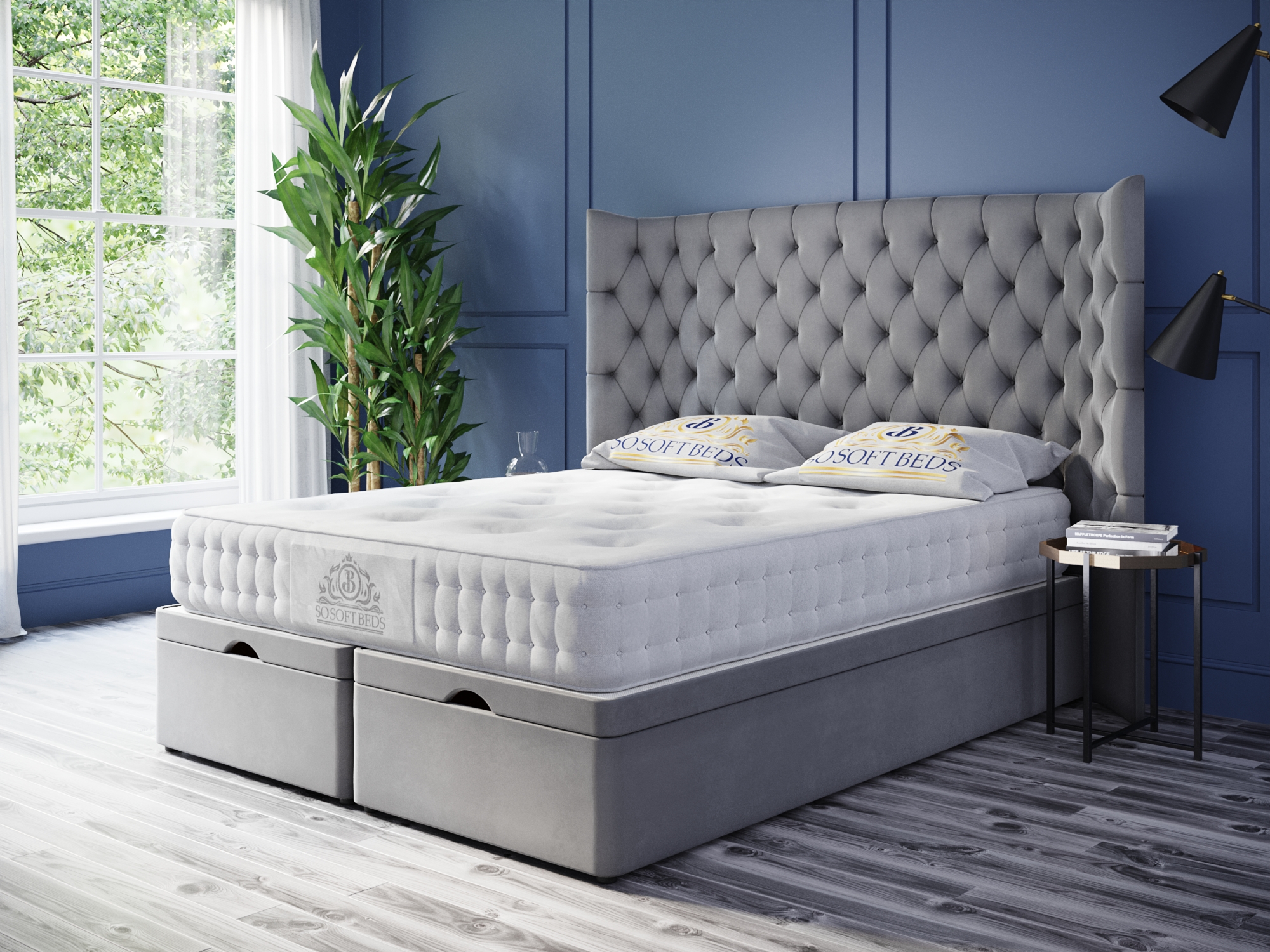
Choosing sheets: models, fabrics, features
Natural materials
You're here to buy linens. What fabrics to choose? It's simple: the best materials for sheets are natural, given to man by nature. It is important that the fabric is air permeable, hygroscopic, then sleep will be restful, because the human skin breathes and gives off moisture. If you sleep on synthetic linens, you may experience a wet and uncomfortable bed at night. Synthetics absorb water poorly, irritation may occur, sleep becomes restless. On a hot summer night, the hygroscopicity of the sheets is especially important.
Unlike synthetic materials, natural fabrics - cotton, linen, silk, textiles made from recycled bamboo or eucalyptus fibers - are hygroscopic, air permeable, do not cause irritation. Such textiles do not accumulate static electricity.
Comfortable natural materials:
silk,
cotton,
linen.
What is the best material for bed sheets? The emperor in the world of textiles is delicate natural silk. Silk has a pronounced climate control effect, maintaining a comfortable temperature for the sleeper throughout the night.
Cotton textiles are different, they are not the same material. Cotton is inexpensive calico or calico, along with soft and dense cotton sateen or luxuriously textured jacquard. They vary in density, linen set life and the feel of the fabric surface.
The sheets are made of delicate sateen, a material with a dense sateen weave of threads, soft, slightly silky. They are pleasant to sleep on, hygienic, and this material will last a long time. Cotton-satin is considered one of the best fabrics for bedding.
The cotton jacquard is based on long-fiber cotton. This material is woven using sophisticated jacquard looms, which make it possible to create textured fabrics with an interesting weave of threads.
Flax is a hygienic material that has pronounced antibacterial properties, i.e. it inhibits the development of microorganisms. Linen has only one characteristic - a texture of relief. Not everyone likes such textured textiles.
Fabrics made from recycled bamboo or eucalyptus fibers are another type of textiles that attract buyers with their softness and excellent properties. Sheets made of this material are better suited for summer than any other, they are ideal for warm nights. They are not hot to sleep on, are hygroscopic, and have a pronounced climate control effect.
Types of sheets
Manufacturers offer two types of sheets: free models and products with an elastic band around the perimeter, which are tightly fixed on the mattress.
Which sheet is best for you? Many people prefer the classic free models, they are easier to iron than products with an elastic band. The advantage of sheets with elastic band over the classic sheets - the elastic band holds them securely on the mattress, they do not move out during the night, do not bunch up in folds. This is important for people who sleep restlessly, suitable for small children's beds as well.
Which products are suitable for single beds or large beds?
Standard sheet size for a single bed is 180x220 cm. The perimeter leaves a free fabric (30-35 cm), which can be stretched and comfortably tucked under the mattress, so that it does not bunch up in folds that interfere with sleep.
For a large double bed of the most common size 180x2200 cm sheets 240x270 cm are suitable.
Rubber band models are purchased according to the size of the mattress. For example, for a 90x200 cm single bed, choose exactly the same size of the sheet so that it fits snugly around the mattress. Stretch sheets are not suitable for sofas.
